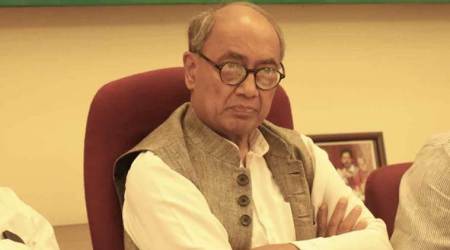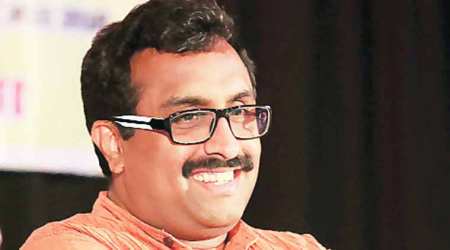 UCLA Professor Vinay Lal
UCLA Professor Vinay Lal
Professor Vinay Lal teaches History at UCLA. His dissertation, “Committees of Inquiry and Discourses of ‘Law and Order’ in Twentieth-Century British India”, received the Marc Galler Award for the best dissertation in the Division of the Humanities at the University of Chicago. He has studied communal tensions in India and its changing forms. Excerpts from an interview:
In the light of the recent cases of lynchings in India, is there a shift in the way communal tension has been exploding on the surface from how it did in earlier decades?
Yes, there is. There is no doubt in my mind that the kind of anti-Muslim sentiment in US or parts of Western Europe has repercussions, emboldens the advocates of Hindutva. The notion is that if Muslims, particularly in the so-called modern West, can be attacked, then we can do that too, we have the licence to do that. In the US, I see many advocates of Hindutva who are now suggesting US, India and Israel form a natural alliance with one another as, in their worldview, “these democracies” are being “threatened” by forces of Islam. This certainly was not the international environment in the ’60s or ’70s. That’s at the macro level. It is not just the RSS or VHP but a slightly larger strand of Indian society that has become complicit in (these attacks), exactly like in the US. There was a virulent white racism that was so pervasive that you did not need to have institutional membership in the KKK or John Wright Society, people were complicit without a formal association.
What is the kind of signal that a political dispensation like India has now send to the law enforcement machinery?
I think the problem is twofold. What do you do when the state becomes somewhat thuggish? So, people targeted are not just Muslims, but also Dalits and Africans. We should be attentive to it because there are groups of people whose very lives are at risk. Signals in all authoritarian states happens downwards. We don’t need to take the example of Hitler’s Nazi Germany or Stalin’s totalitarian state, you can turn to authoritarian states present now where you can see very clearly, it is same attitude at the top, middle and bottom. These problems are not distinct to India today, we see a similar repression and acute intolerance, including in the US. Turkey is in dire straits. China, Russia, [Rodrigo] Duterte in the Philippines… this could be attributed to what they are terming the ‘strongman’ phenomenon. But I feel the problem is ‘nationalism’. It shows the limits of the nationalist project and what a disease it is. Now this is very hard for the newly independent formerly colonial countries to accept, which fought for freedom on the basis of the idea of nationalism, but wherever you had nationalist movements, you have had to rethink the nationalist idea. It has become the only kind of political community which we have to all pay obeisance to. What we see in India — and which is clear in a large number of other countries, especially US – is the difference between formal citizenship and real citizenship on the ground. In the US, African-Americans are only formal citizens without the rights of a citizen on the ground. This is the case for a large number of people in India.
So how does one un-thug the state?
It’s always a difficult question. We need to consider what are the sources of resistance in the society and there is a gamut. We can take the view that one has to work with the institutions in the land, but that it clearly inadequate and I think India has mastered the subterfuge. That subterfuge is that India has, in most domains of life, the most progressive legislation in the world. So in some ways, the progressive legislation obfuscates the nature of the problem and clouds it. So the law cannot regulate my prejudices/feelings. But it can certainly do something to regulate prejudicial conduct, particularly when repercussions are extraordinarily severe for someone at the other end. So we would have to think of the role of law. I would argue for a greater need for satyagraha as an instrument than which has a place in democracy. Especially where the law is sometimes used as an instrument for either doing nothing or installing new regimes of repression. As we are living in a democracy, at least pro forma, and we have a functioning court system, it is very important that what can be gained through satyagraha must be done. So organised, non-violent civil resistance has a place. It need not follow exactly what Gandhi did. So we must use satyagraha in different ways. This can’t just be done through social media or Facebook or Twitter — this needs people on the ground to build resistance. We need masses of people together, congregating. It cannot be left to social media.
Are you optimistic about India today?
Yes, we must be clear that we should not let Hindutva forces hijack what we have. Unlike my friends on the Left-liberal end of the spectrum, I have great respect for the spiritual resources of the Indic civilisation, which includes aspects of the Indo-Islamic tradition which developed here, which was unprecedented. Buddhism, Jainism, everything. We have had writers, philosophers, who have reckoned with these questions for hundreds of years, I am not ready to call all that inconsequential. So yes, I am optimistic, on the whole.

